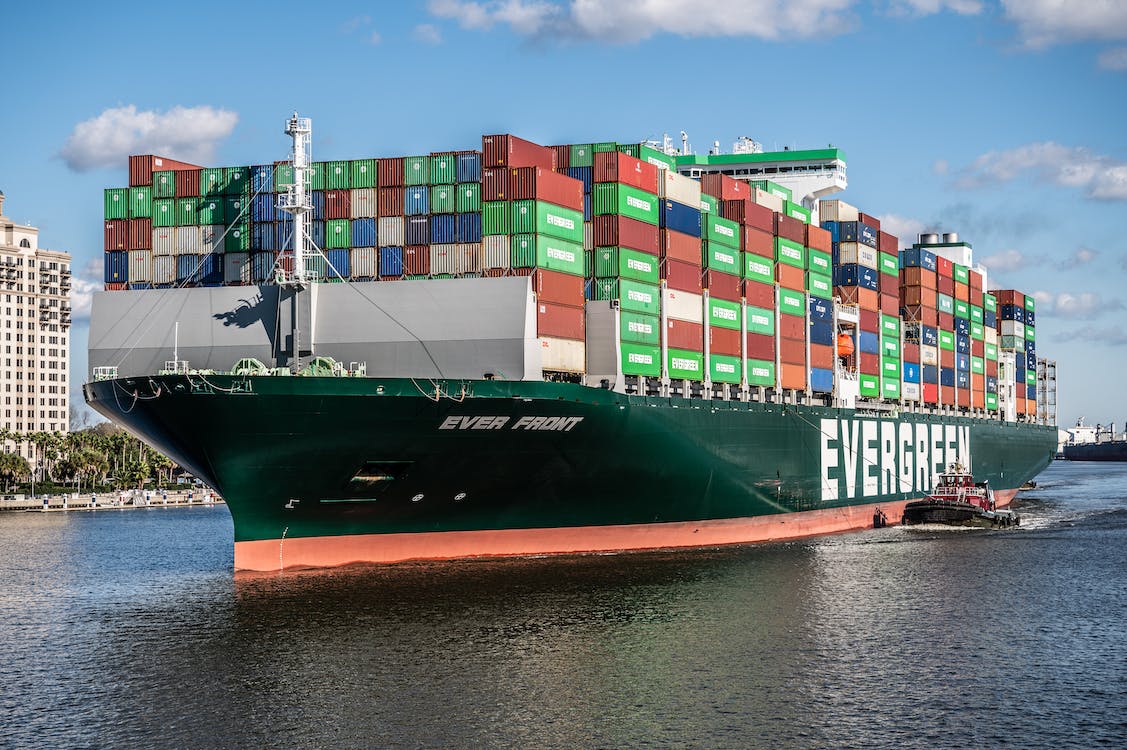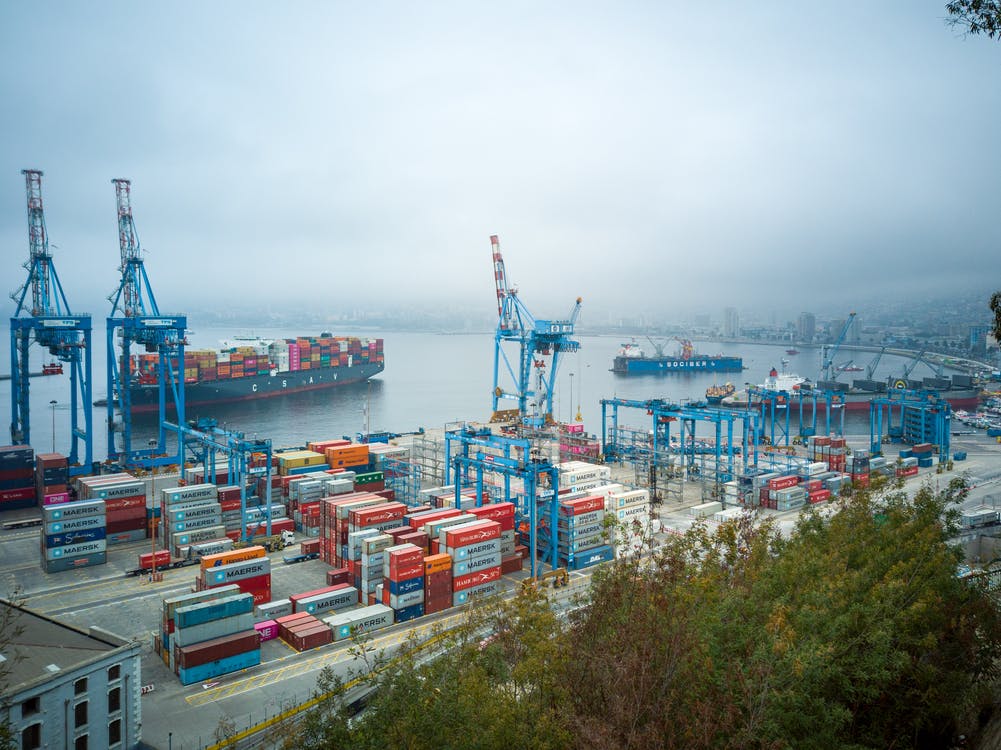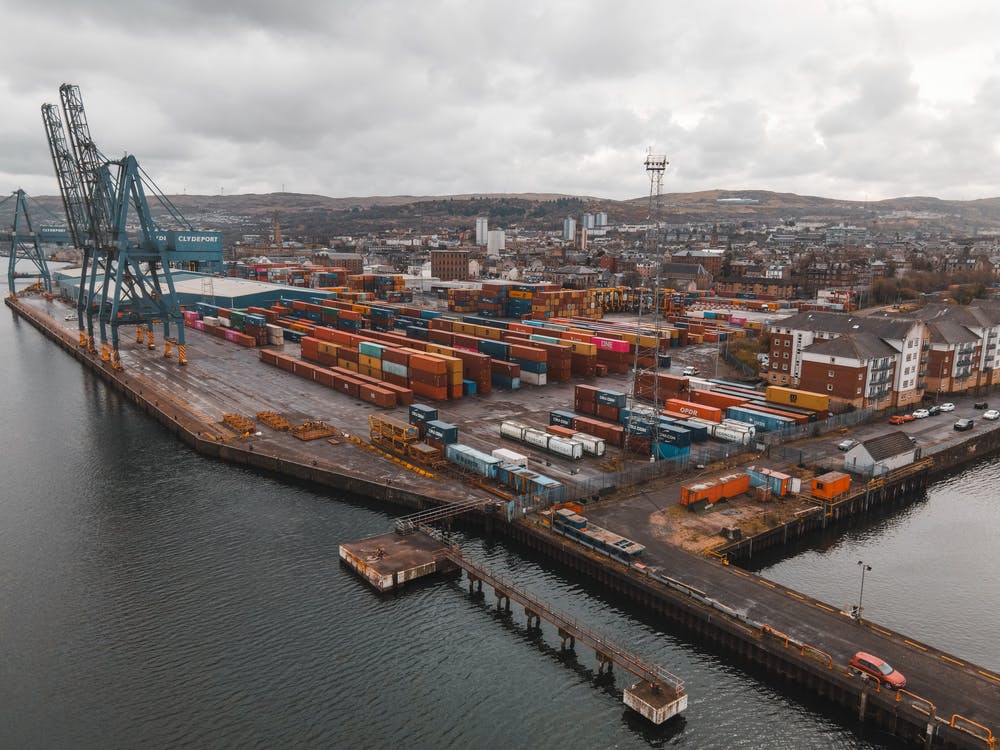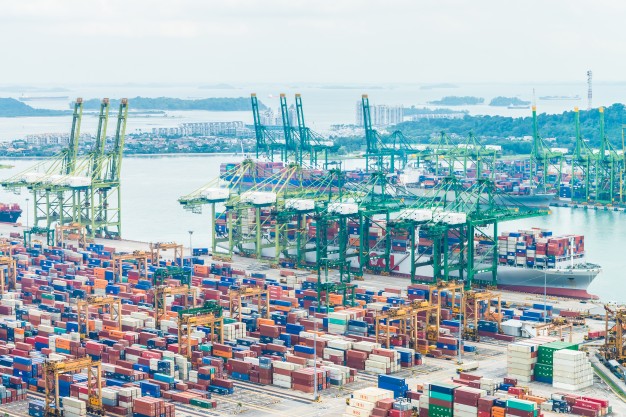The Future of Supply Chain Management

According to investopedia.com, supply chain management refers to the practice of organizing the flow of goods and services which also involves the processes of transforming raw materials into final products. Many businesses today, especially those who wanted to streamline their profits, focus a lot on supply chain management every time they set their eyes on a new potential target market.
Supply chain management can also be helpful in gaining a competitive advantage when it comes to maximizing customer value. Despite the lack of customers and other competitors due to the pandemic, it’s also essential for enterprises to elevate their supply management strategies through the use of modern technology.
This article will provide a sneak peek on some of the popular tools that can dominate the supply chain management methods and techniques in the near future:
-
Automation
In the past decades, keeping the stability of the supply chain had been made possible with the help of manual collection, analysis, and tracking of specific data, as well as inventory and invoices. But with the continuous integration of automation in the world of commerce, it’s most likely that every menial task that was once crucial for supply chain management will be replaced with more efficient automated systems that will make the job easier. Examples include radio-frequency identification (RFID) and transport management system (TMS).
-
Security Systems
Privacy protection is becoming more of a big deal for businesses that rely on digitalization. Software developers are on the verge of creating new platforms and tools for tracking and managing the route of cargo without compromising other important aspects, such as the accuracy and speed of product transportation.
-
Unmanned Aerial Vehicles or UAVs
Formerly known as a popular idea for science-fiction films and literature, unmanned aerial vehicles are now gaining more recognition as one of the future technologies that will greatly benefit many businesses. At the moment, UAVs are used to aid logisticians in managing trailer yards and warehouses, which can provide a more detailed view of its contents from above. UAVs are expected to be major mechanisms in future supply chain management solutions, especially in surveying the condition of warehouses, as well as keeping eyes on remote areas.
-
Artificial Intelligence or AI
The rise of AI might lead to reducing the need for manual processes in the field of supply chain management. Artificial Intelligence can significantly help in providing accurate analysis of data that can lead to businesses capable of identifying flaws in their operations and coming up with a highly efficient solution in addressing most issues.
-
Advanced Analytics
Highly correlated with the use of artificial intelligence, advanced analytics also require The Internet of Things (IoT) in streamlining supply chain management. This will make a vast amount of data produced by daily business operations more organized and structured. From customer insights to the network of carriers, businesses can have access to information that can guide them to make better decisions and become more responsive to the challenges that they regularly face.
Excelsior Worldwide Freight Logistics conducts free orientation for those who are willing to learn. It is our advocacy to share our knowledge & experience worth more than a decade in the business. Visit our website today at www.excelsior.ph to learn more about our service.
Sources:
https://www.universalcargo.com/5-ways-technology-will-simplify-supply-chain-management/









